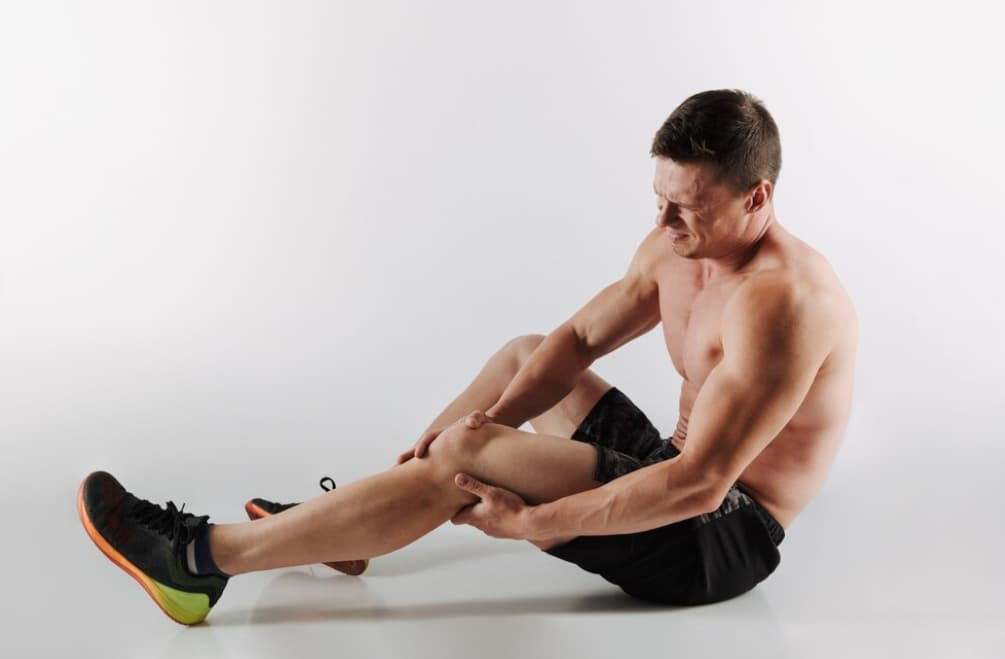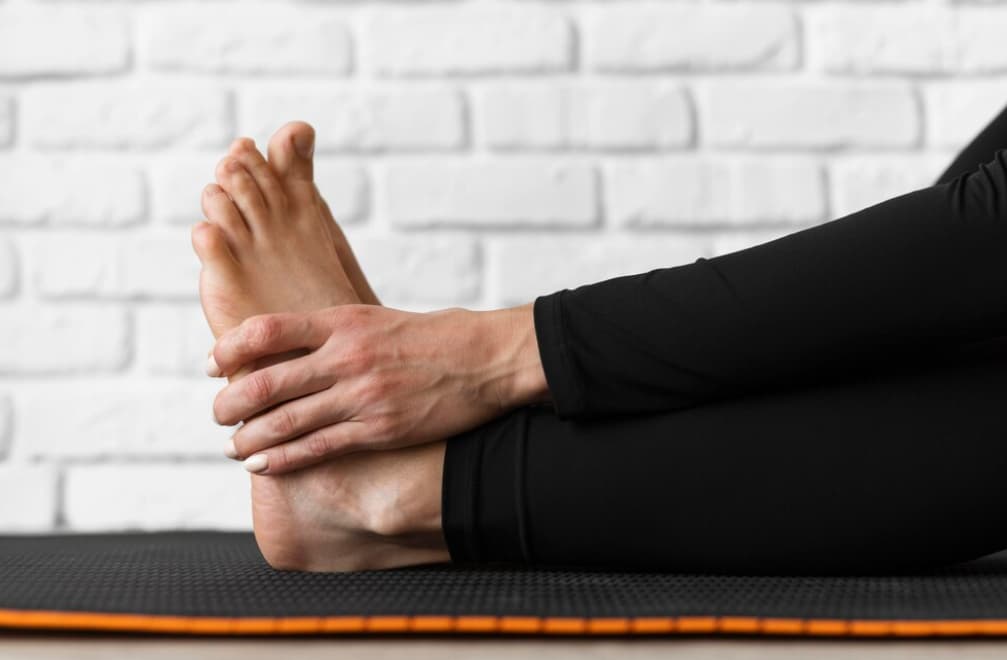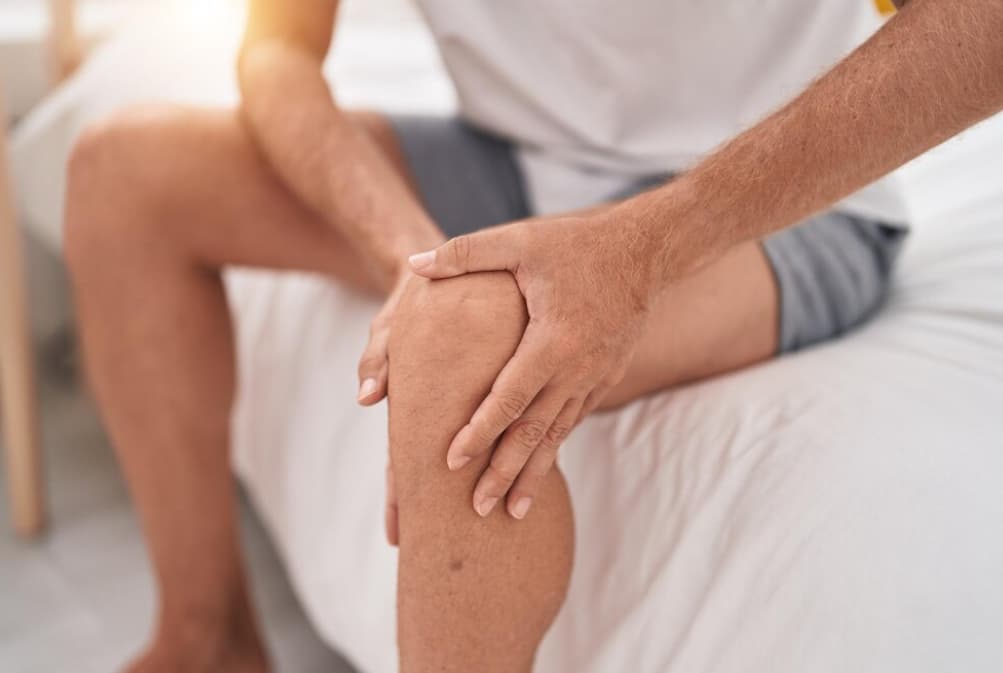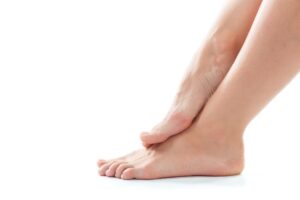Key Questions Addressed in this Article:
- How is knee pain connected to foot posture and lower limb biomechanics?;
- What are the common causes of knee pain and how do they develop?;
- In what ways does foot posture impact knee health and contribute to knee pain?;
- What are the effective treatment methods available for managing foot and knee pain?;
- How can individuals prevent foot and knee pain through lifestyle and exercise?;
- What role does footwear play in the prevention and management of foot and knee pain?;
- How can stretching and strengthening exercises contribute to the alleviation of foot and knee pain?;
- What is the significance of maintaining a healthy weight in preventing strain and pain in the knees and feet?;
- How does pregnancy affect knee and overall lower limb pain, and what can be done to manage it?;
- When is it advisable to consult a podiatrist for foot and knee pain, and what can one expect from the consultation?
The Connection Between Knee Pain and Foot Posture
Often, knee discomfort is directly linked to foot posture and lower limb biomechanics. In fact, these factors can often be the root cause of the pain. A misaligned foot posture can disrupt your walking pattern, putting extra strain on certain parts of the knee, such as the joints and soft tissues.
In cases where individuals have flat feet or rotational problems, these conditions are likely contributing to knee discomfort. These issues cause the knee to roll inward into an abnormal position while standing, walking, or running. Similarly, individuals with high arches may also encounter knee pain. Insufficient shock absorption due to high arches leads to additional strain on the knee during everyday activities.
Neglecting proper treatment can lead to changes in your gait due to persistent pain. Over time, poor foot posture can cause discomfort or complications in the hips, lower back, and even up to the neck.
Exploring the interconnection between foot and knee pain is crucial in comprehending conditions like capsulitis, which can impact joint health and mobility. You may also like to delve into specific strategies for managing and alleviating the symptoms associated with capsulitis.
Common Causes of Knee Pain

- Bursitis: This condition happens when the tiny, fluid-filled sacs or bursae that act as cushions for the bones, tendons, and muscles around joints become inflamed and swollen due to excess stress or irritation;
- Osgood-Schlatter Disease: Mostly affecting active, sports-loving adolescents in their growth phase, this disease occurs from the inflammation of the area below the knee where the patellar tendon from the kneecap connects to the shinbone;
- Stress Fracture: These are tiny cracks or microfractures in the bone that gradually develop over time, primarily due to overuse or repetitive activity that prevents the bone from healing;
- Osteoarthritis: This condition develops when the smooth, elastic tissue or cartilage that protects the ends of bones wears down over time, causing pain and swelling in the major joints and making them difficult to move;
- Iliotibial Band Syndrome: This painful condition occurs when the band running down the exterior of your thigh and connecting your hip to your knee becomes overused or overloaded;
- Pregnancy: Pregnancy can cause various aches and issues not just in the feet but throughout the body. Hence, many pregnant women also experience knee pain, lower back pain, hip pain, ankle pain, and more.
Understanding the Impact of Foot Posture on Knee Pain

It’s essential to understand the impact of foot posture on knee health in managing and preventing knee pain. Both flat feet and high-arched feet can contribute to knee pain by causing an imbalance in the distribution of pressure on the knees. This imbalance can lead to strain on the knee joints and soft tissues, resulting in pain and discomfort.
Effective Treatment Methods for Foot and Knee Pain
There are numerous treatments available for foot and knee pain. From physiotherapy and exercise to certain medications and in some extreme cases, surgery. Choosing the right treatment depends largely on the cause of the pain. Consulting with a podiatrist can help determine the right course of treatment.
Prevention Tips for Foot and Knee Pain
Preventing foot and knee pain involves maintaining proper foot posture, strength and stability. This can be achieved by:
- Wearing proper footwear that provides good arch and heel support;
- Stretching and strengthening exercises for feet and knees;
- Regular low impact exercises like swimming or biking;
- Maintaining a healthy weight to reduce strain on knees and feet.
Conclusion
Understanding the connection between foot posture and knee pain is crucial in both treatment and prevention of these common issues. By understanding the causes and being proactive in prevention methods, it’s possible to reduce the frequency and severity of foot and knee pain. Always consult with a healthcare professional or podiatrist for personalized guidance and treatment.


